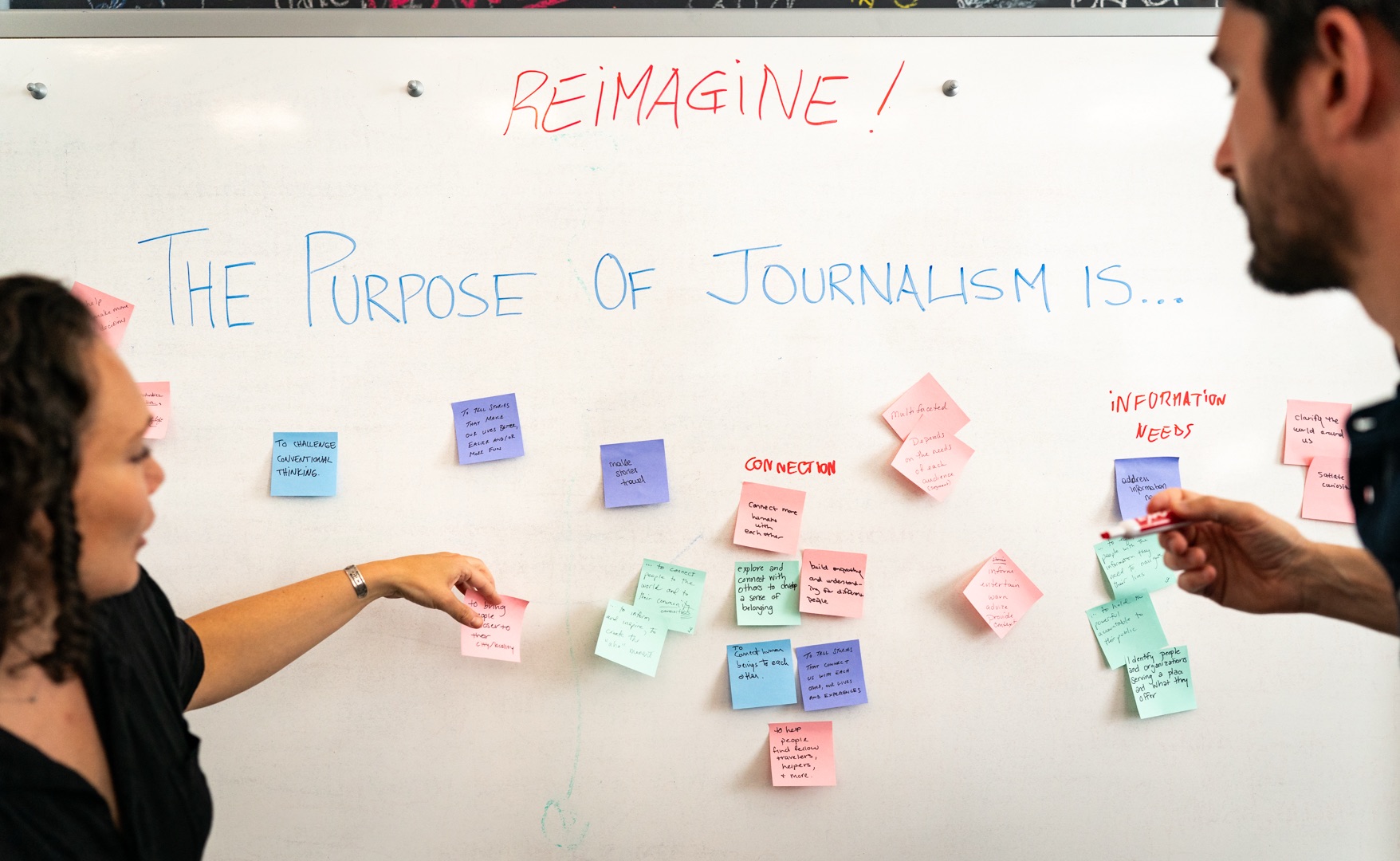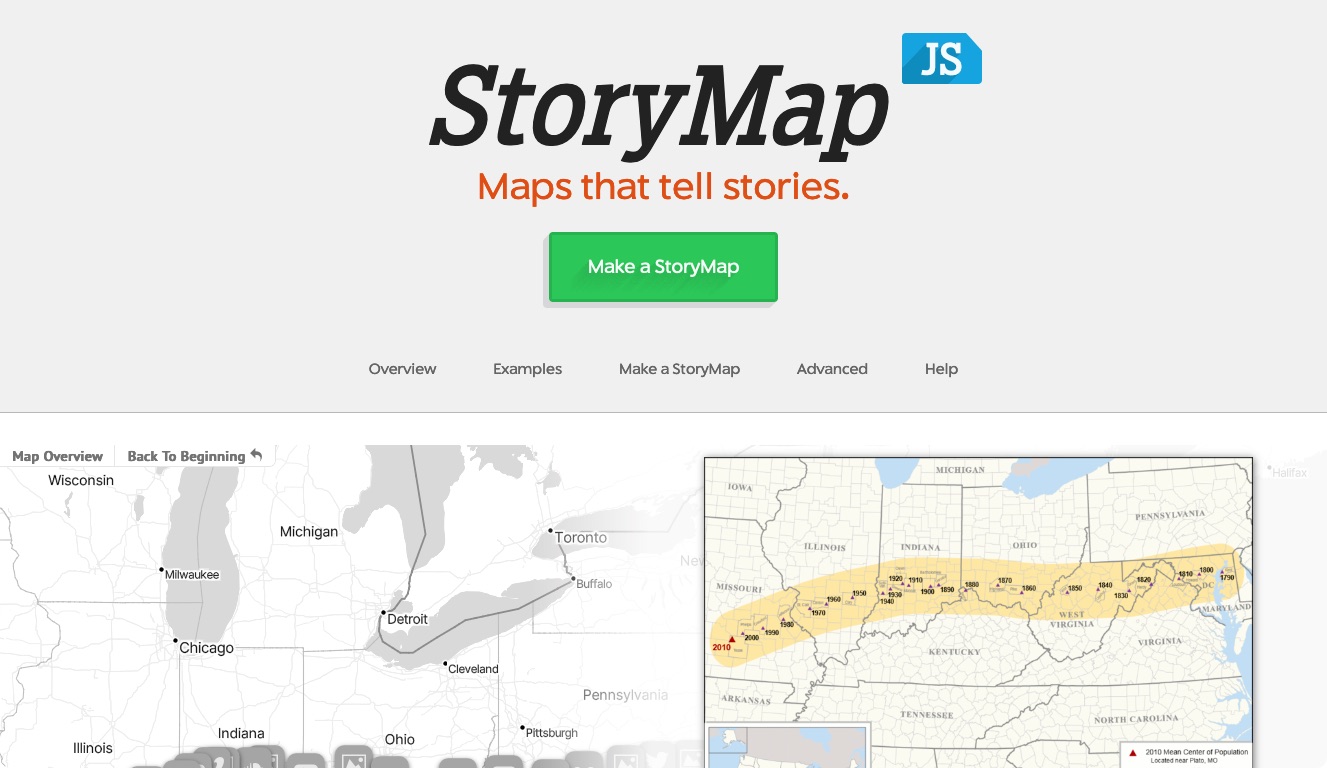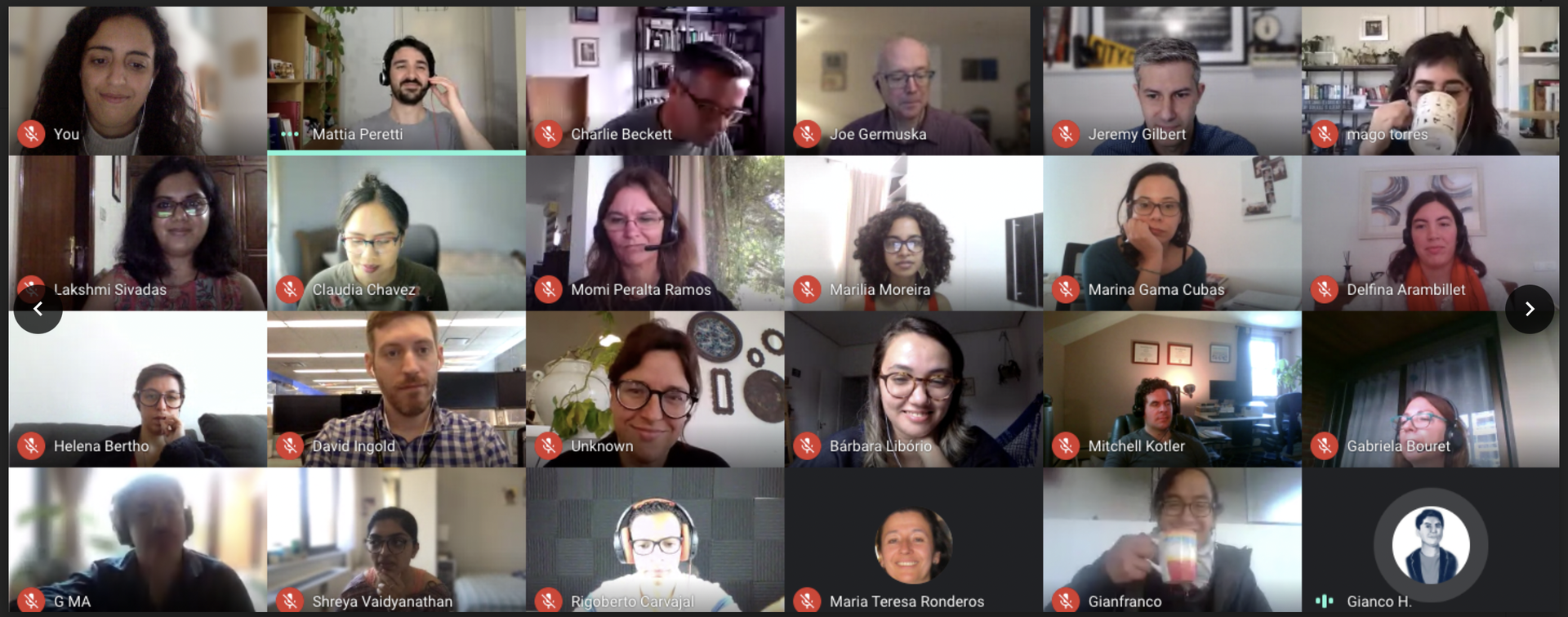Editor's note: Using the theory ‘Hire humans. Not skills. Not roles.’ as inspiration, the Lab’s profiles are Q&As with highly-impressive makers and strategists from media and its fringes, each with unique perspectives on journalism, publishing and communications technology. We’re talking to smart people who are shaping the future of media. Not all of them work in a newsroom, not all are big names, not all have fancy titles, but each is a bright person with something to say. Catch up and/or follow the series here.
Dan Fletcher, the recently departed managing editor at Facebook, seems to be always ahead of the curve. In 2010, at age 22, Fletcher became the youngest person ever to write a cover story for TIME magazine. He also created and launched TIME.com’s NewsFeed feature and TIME’s social media feeds. At Bloomberg a few years later he created and staffed the editorial social media teams for Bloomberg News and Bloomberg Businessweek, picking up a Forbes 30 Under 30 distinction in the process. Now, at a time when journalists are headed to the Twitters and LinkedIns of the world to help shape editorial content, he’s already completed his time at a tech giant and is looking for his next project.

Can you give us a quick run down of what you do, who you are, and all the latest since resigning from Facebook?
I've really dug into the intersection of social media and editorial. At TIME and Bloomberg, that meant helping news organizations figure out how to use these new platforms and reporting on the companies building them out. At Facebook, it meant trying to bring an editorial angle to a technology company. In each role, I’ve been lucky to be allowed to experiment, and now I'm eager to continue experimenting on my own.
What excites you most about journalism/media in 2013?
It seems like there's a greater appetite for experimentation. Places like Circa and NowThisNews are rethinking how journalism's packaged and distributed in a mobile world. Projects like Matter, Atavist, and The Magazine are seeing if people will pay for a great story, given to them in a way that honors the reading experience. And “traditional” publishers like The New York Times are recognizing the importance of good design and investing in tools and people that let them package stories in better ways. Not all of these will be successful, but it's progress beyond the impetus to just rack up page views.
What are the big differences you found between the traditional news shops and Facebook?
Facebook has incredible focus on their goal of connecting the world. Everything exists in service of that mission, and Facebook Stories was our small way of showing some of the cool things that happens when people connect. Newsrooms generally can't focus on examining one idea with that level of intensity — there are other stories to tell and themes to explore. It was refreshing to spend a year really honed in on a single idea, but part of me really missed the broader purview of traditional news.
What has changed since you started working?
The pace. And things were pretty fast when I got started. But so many publishers are producing more stories and turning them around faster, so as to compete for traffic from search and social media. On the whole, I'm not sure this is a good thing. Or at least it shouldn't be the only way that stories are produced.
When did you decide to become a media person?
I wish I had a better story for this — I didn't get into the pottery class in high school, and a girl I liked was in the newspaper class. So it goes. But I've loved it ever since.
C’mon, fess up, what’s next?
It's a great time to launch a new publication.
What is the biggest tech challenge that media companies will face over the next 5 years?
Monetizing. I wish there were another answer, but that's still the case. Journalists are producing great work, maybe more great work than at any point in history. And therein lies the problem — what makes this a great moment to be a reader makes it a tough moment to be a producer. There's going to be a great deal of creativity in how companies approach these challenges, though — I think we'll see a variety of successful models, some of which will include new forms of advertising and some of which will require reader support.
What makes good content?
Authenticity. It doesn't matter who's making it — the Times or a company doing content marketing like Facebook or Coca-Cola. If it feels fake, forced or false, people won't trust it.
What excites you about technology and media?
The barriers to entry continue to fall. What WordPress did for blogging, someone’s about to do for publishing on iOS and Android while companies like Scrollkit are making it easier to build immersive experiences around stories on the web. This frees journalists, photographers and art directors from technical costs that may have inhibited them in the past, and ultimately will result in more great projects being launched.
What applications do you have open while working?
MOG for music, Tweetdeck (although I'm much more of a follower than an active participant), Adobe Lightroom, and a really nifty and simple text editor called iA Writer. I find fewer options are better when it comes to writing.
What could the world use a little more of?
Originality.
What could the world use a little less of?
Top 10 lists.
Follow Dan Fletcher on Twitter, @danielfletcher. Find weekly updates from our profiles series on Fridays.
About the author





